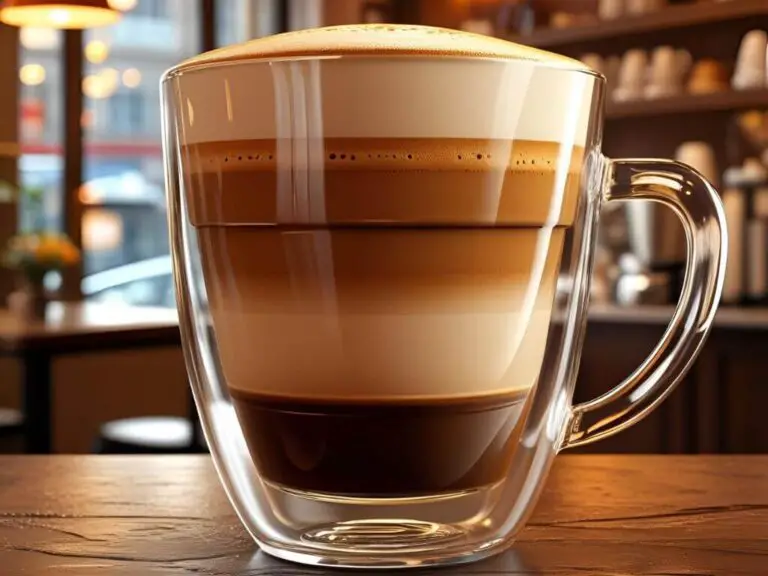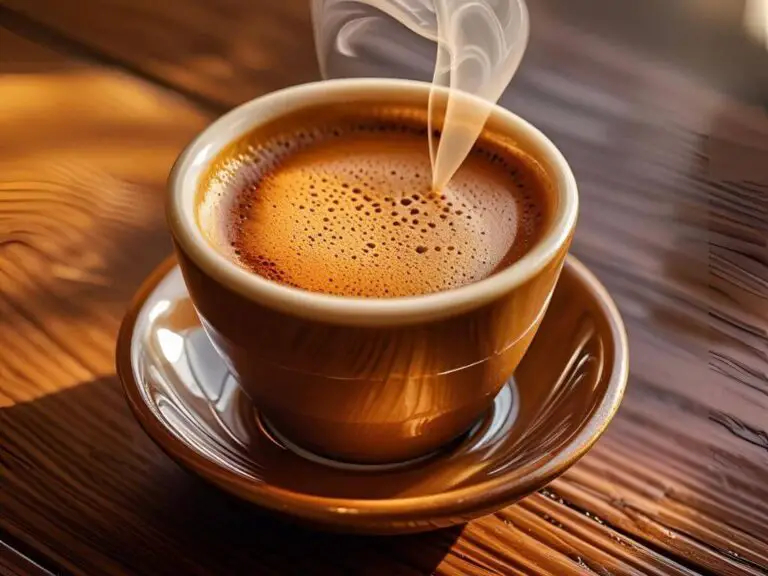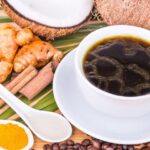How to Dial in Espresso at Home: Tips from Coffee Experts
Have you ever wondered why the espresso you make at home never quite tastes as good as the one from your favorite coffee shop? Whether it’s too bitter, too sour, or too watery, the key to achieving a perfect shot at home lies in the process of “dialing in” your espresso. Just like tuning a musical instrument, dialing in your espresso is essential for a smooth, balanced shot that brings out the best in your coffee.
What Does “Dialing In” Espresso Mean?
In simple terms, dialing in espresso refers to adjusting the key variables of the brewing process—grind size, dose, tamping pressure, water temperature, and extraction time—to achieve a balanced, flavorful espresso shot. This process is vital to making espresso that’s rich, smooth, and full of flavor.
Whether you’re new to espresso or a seasoned enthusiast looking to refine your technique, this guide will walk you through the steps to help you dial in your espresso like a professional. By the end, you’ll feel confident in making espresso that rivals your favorite café.
Here’s what we’ll cover:
- What Dialing In Espresso Means & Why It’s Essential
- Key Variables That Affect Your Espresso
- A Step-by-Step Guide to Dialing In Your Espresso
- Troubleshooting Common Espresso Dialing Issues
- Expert Tips for Perfecting Your Shots
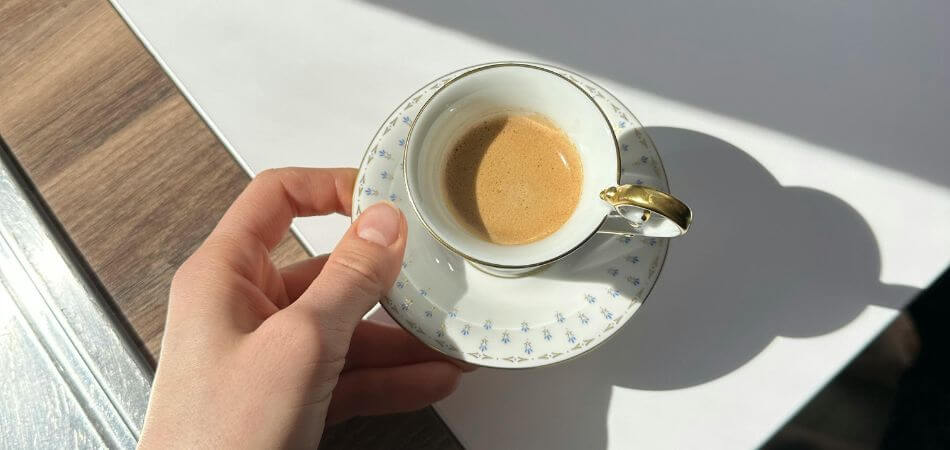
What Does “Dialing In” Espresso Mean?
In the world of coffee, “dialing in” refers to adjusting various brewing factors to achieve the ideal flavor profile in your espresso shot. A well-dialed espresso has a perfect balance of sweetness, acidity, and bitterness.
Why Dialing In Espresso Is Essential
Dialing in ensures that you’re brewing espresso at optimal settings for your specific coffee beans, grinder, and espresso machine. It’s about perfecting the key elements, like grind size and dose, to create a shot with the right balance of flavors, consistency, and crema (the golden frothy top).
Think of it as cooking: using high-quality ingredients and precise techniques make all the difference between a good meal and a great one. Similarly, dialing in ensures your shot is brewed just right every time.
Key Variables in Dialing In Espresso
The main variables involved in dialing in your espresso are:
| Variable | What It Affects |
|---|---|
| Grind Size | Affects the rate of extraction and the flavor strength. |
| Dose | Affects the strength and consistency of your shot. |
| Tamping Pressure | Ensures uniform extraction and prevents channeling. |
| Water Temperature | Affects extraction and the overall taste of the espresso. |
| Extraction Time | Controls the amount of flavor extracted from the coffee. |
Understanding how these factors work will help you make adjustments to achieve the perfect espresso shot.
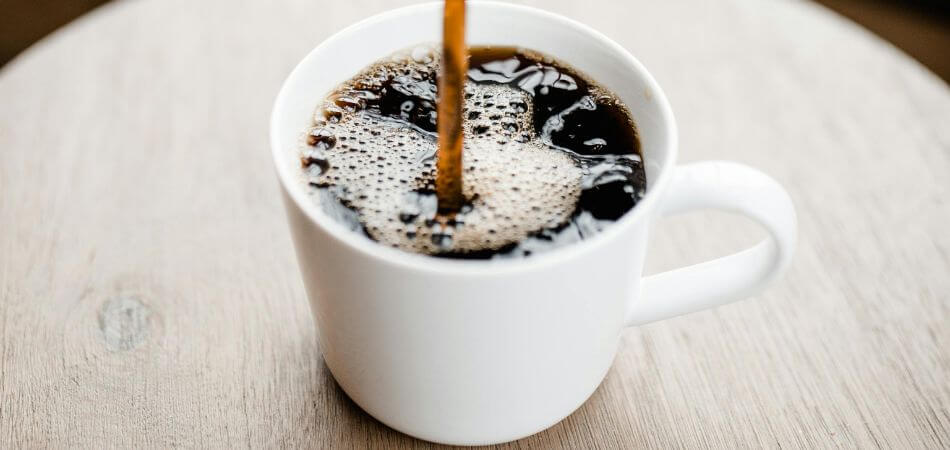
Understanding the Key Variables
Grind Size: The Foundation of Flavor
Grind size plays a pivotal role in espresso brewing. If your grind is too fine, water flows slowly, leading to over-extraction (bitterness). If it’s too coarse, water flows too quickly, causing under-extraction (sourness). The right grind size allows for even extraction and balanced flavor.
How to Adjust Grind Size:
- Too Fine: Shot is bitter; adjust to a coarser grind.
- Too Coarse: Shot is weak and sour; adjust to a finer grind.
Dose: The Right Amount of Coffee
The dose determines how much coffee you use. A typical double shot uses 18-20 grams of ground coffee. The right dose balances strength and flavor.
How to Measure Dose:
- For a double shot, aim for an 18-20g dose.
- Adjust based on flavor preferences.
Tamping Pressure: Achieving Even Compression
Tamping is essential for uniform extraction. Uneven tamping causes channeling (uneven water flow) and inconsistent shots.
How to Tamp:
- Apply around 30 pounds of pressure.
- Ensure the coffee bed is level and even.
Water Temperature: The Goldilocks Zone
Espresso needs water between 195°F and 205°F (90°C–96°C). Water that’s too hot or too cold affects extraction, creating bitter or sour flavors.
How to Adjust Water Temperature:
- Adjust temperature settings on your machine, if possible.
- Use a thermometer if your machine doesn’t have a temperature control feature.
Extraction Time: Timing Is Everything
The ideal extraction time for espresso is 20-30 seconds. If your shot extracts too quickly or too slowly, it will affect the flavor.
How to Control Extraction Time:
- If extraction is under 20 seconds, try a finer grind, higher dose, or more tamping pressure.
- If extraction exceeds 30 seconds, adjust your grind to be coarser or reduce the dose.
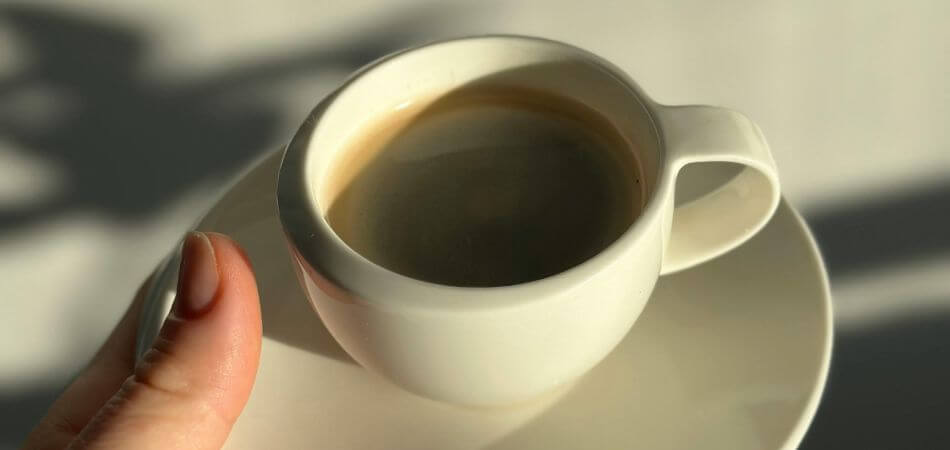
Step-by-Step Guide to Dialing In Your Espresso
- Set Up Your Equipment: Clean your espresso machine and grinder. Preheat your portafilter and cups by running hot water through them.
- Adjust Your Grind Size: Start with a medium-fine grind. Adjust based on extraction time and flavor.
- Dose Your Coffee: Weigh your coffee for consistency. Start with 18-20g for a double shot.
- Tamp the Grounds: Use about 30 pounds of pressure and make sure the coffee is evenly tamped.
- Extract the Espresso: Watch for crema to form and aim for a shot time of 20-30 seconds.
- Evaluate the Shot: Taste and adjust grind size, dose, tamp, or extraction time based on the shot’s flavor.
How to Dial In an Espresso Grinder: A Step-by-Step Guide
Dialing in your espresso grinder is one of the most crucial steps in making a perfect shot. Even the best espresso machine won’t compensate for poorly ground coffee. Whether you’re a beginner or a seasoned barista, this guide will help you achieve the ideal grind size, dose, and extraction time for a balanced and flavorful espresso.
Why Dialing In Your Grinder Matters
Espresso is all about precision. The right grind size affects:
- Extraction time – Too fine = over-extraction (bitter); too coarse = under-extraction (sour).
- Flow rate – A proper grind ensures a steady, honey-like flow.
- Flavor balance – The right grind brings out sweetness, acidity, and body in harmony.
Step-by-Step Guide to Dialing In Your Espresso Grinder
1. Start with Fresh, High-Quality Coffee
- Use freshly roasted beans (within 2-4 weeks of roast date).
- Choose a medium or dark roast for easier dialing in (light roasts can be trickier).
2. Set a Baseline Grind Setting
- If using a new grinder, start in the middle of its range.
- For reference: Espresso grind should feel like fine sand (not powder, not gritty).
3. Dose Consistently
- A standard double shot uses 18-20g of coffee. Weigh your dose for accuracy.
4. Aim for a 1:2 Brew Ratio (Standard)
- For 18g of coffee, target 36g of espresso in the cup.
- Adjust based on taste:
- Ristretto (1:1.5) – Stronger, sweeter.
- Lungo (1:3) – Lighter, more extracted.
5. Time Your Shot (25-30 Seconds Ideal)
- Start the timer when you press the brew button.
- Too fast (<25 sec)? Grind finer.
- Too slow (>35 sec)? Grind coarser.
6. Taste and Adjust
- Sour? Under-extracted → Grind finer or increase dose.
- Bitter? Over-extracted → Grind coarser or decrease dose.
- Balanced? Sweet, smooth, with pleasant acidity → You’ve nailed it!
7. Fine-Tune for Perfection
- Adjust in small increments (micro-adjustments matter).
- Keep notes on grind size, dose, and extraction time for consistency.
Pro Tips for Consistent Results
✅ Warm up your grinder – Run a few grams of beans through to stabilize temperature.
✅ Use a WDT tool – Distribute grounds evenly to prevent channeling.
✅ Purge old grounds – Clear residual coffee between adjustments.
✅ Monitor humidity – Beans grind differently in dry vs. humid conditions.
Troubleshooting Common Espresso Dialing Issues
Too Bitter (Over-Extraction):
- Cause: Grind too fine, dose too high, or extraction too long.
- Fix: Coarse the grind, lower the dose, or shorten extraction time.
Too Sour (Under-Extraction):
- Cause: Grind too coarse, dose too low, or extraction too short.
- Fix: Finer grind, higher dose, or longer extraction.
Flat or Watery Shots:
- Cause: Uneven tamping, coarse grind, or low dose.
- Fix: Tamp evenly, adjust grind to finer, and use the correct dose.
Channeling (Uneven Extraction):
- Cause: Uneven tamping or distribution.
- Fix: Ensure even tamping and proper distribution before tamping.
Tips from the Pros: Advanced Dialing Techniques
- Adjust for Different Beans: Single-origin beans may need a finer grind, while blends can tolerate coarser settings.
- Consistency Is Key: Record your dial-in settings and results. Track grind size, dose, tamp, and extraction time for future reference.
- Small Adjustments Make a Big Difference: Experiment with tiny changes for improved flavor.
Frequently Asked Questions (FAQ)
How long does it take to dial in espresso?
- It can take anywhere from a few minutes to an hour. With practice, the process becomes quicker.
What’s the ideal shot time for espresso?
- Aiming for 20-30 seconds is generally best for balanced extraction.
Can I use a manual espresso machine to dial in?
- Yes! Manual machines offer more control and are great for dialing in your shots.
How do you dial in your espresso grinder?
- To dial in your espresso grinder, adjust the grind size to achieve a balanced shot time (typically 25–30 seconds) with rich crema.
Conclusion
Dialing in your espresso is an ongoing process of trial and error, but with practice, you’ll learn how to adjust key variables to consistently produce great shots. By fine-tuning grind size, dose, tamping pressure, and extraction time, you can make espresso that matches your favorite coffee shop creations.
Keep practicing, experiment with your adjustments, and don’t be afraid to make small changes for big flavor improvements!

